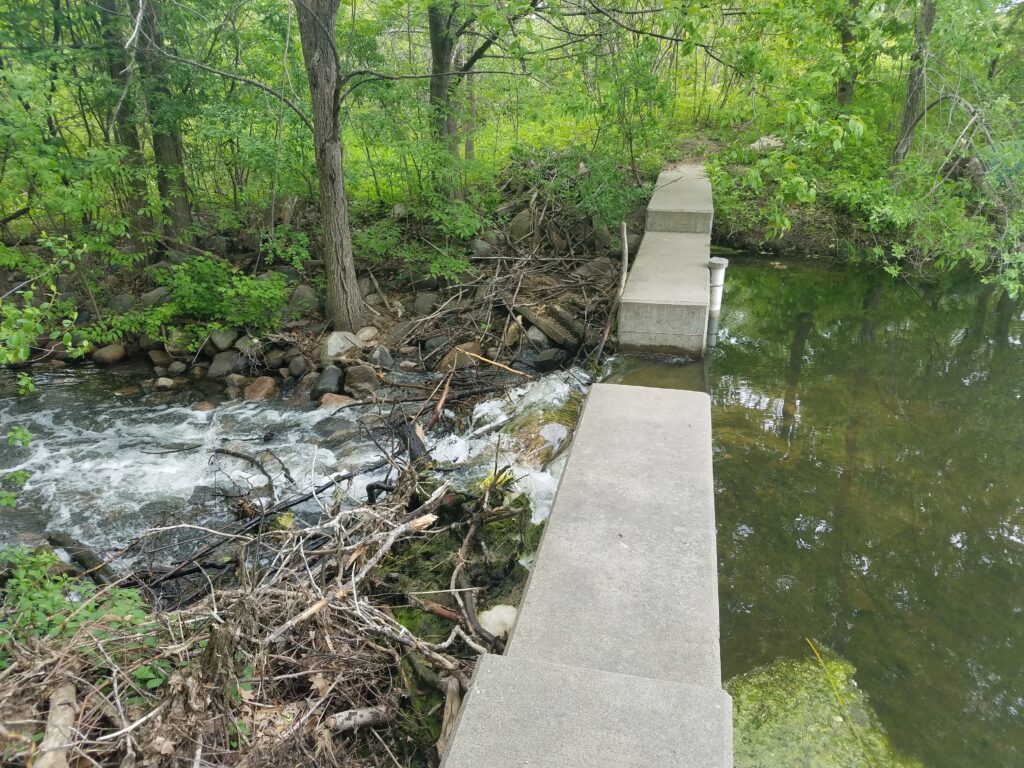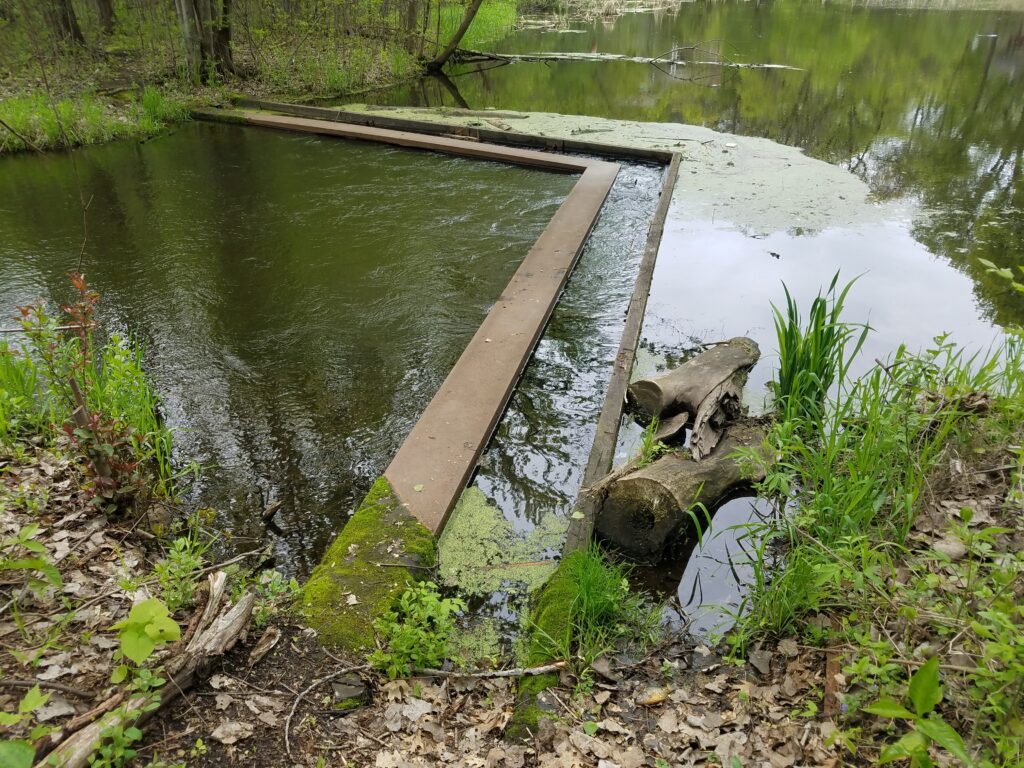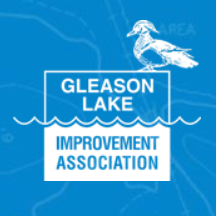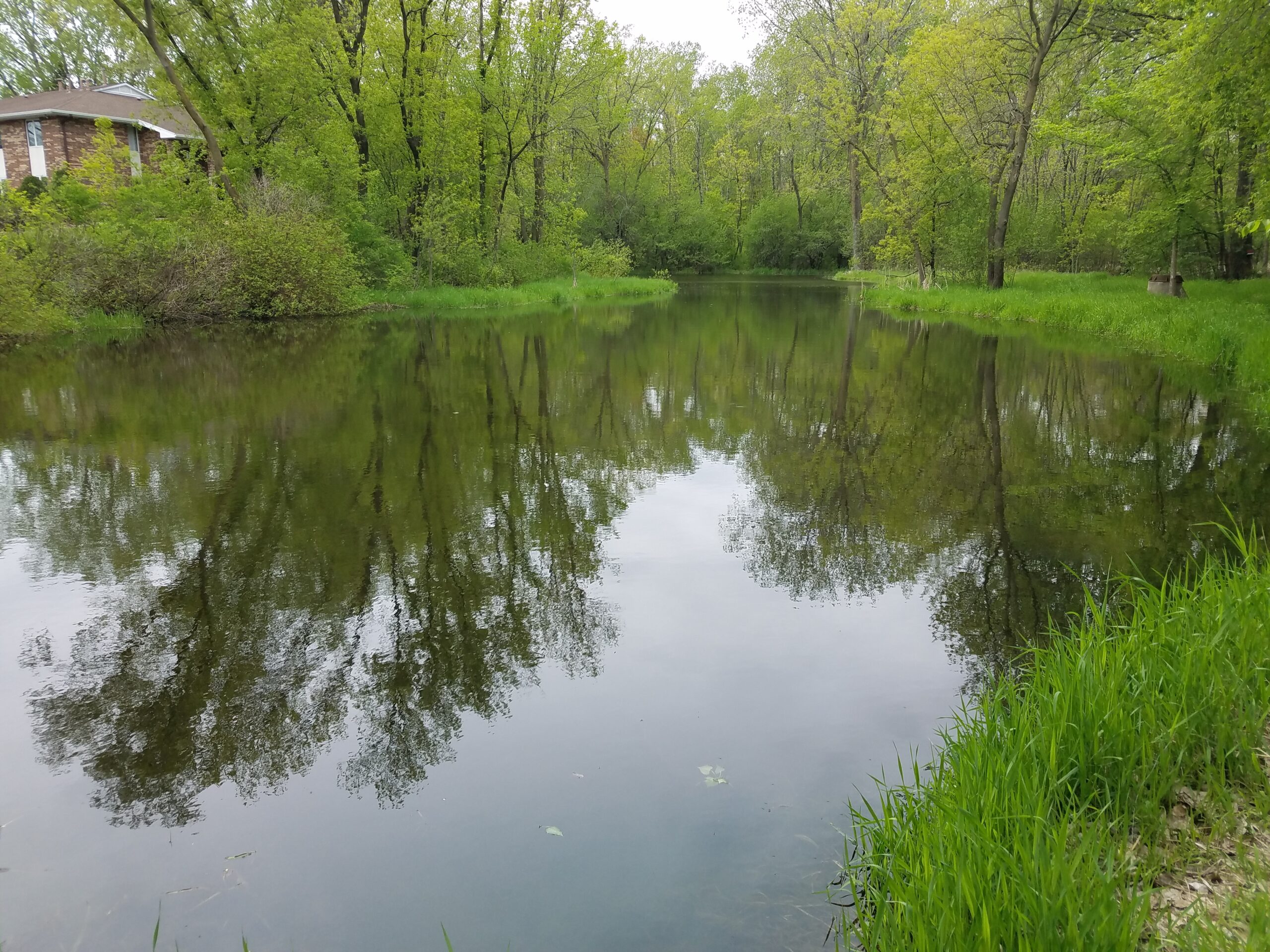
Gleason Lake Improvement Projects
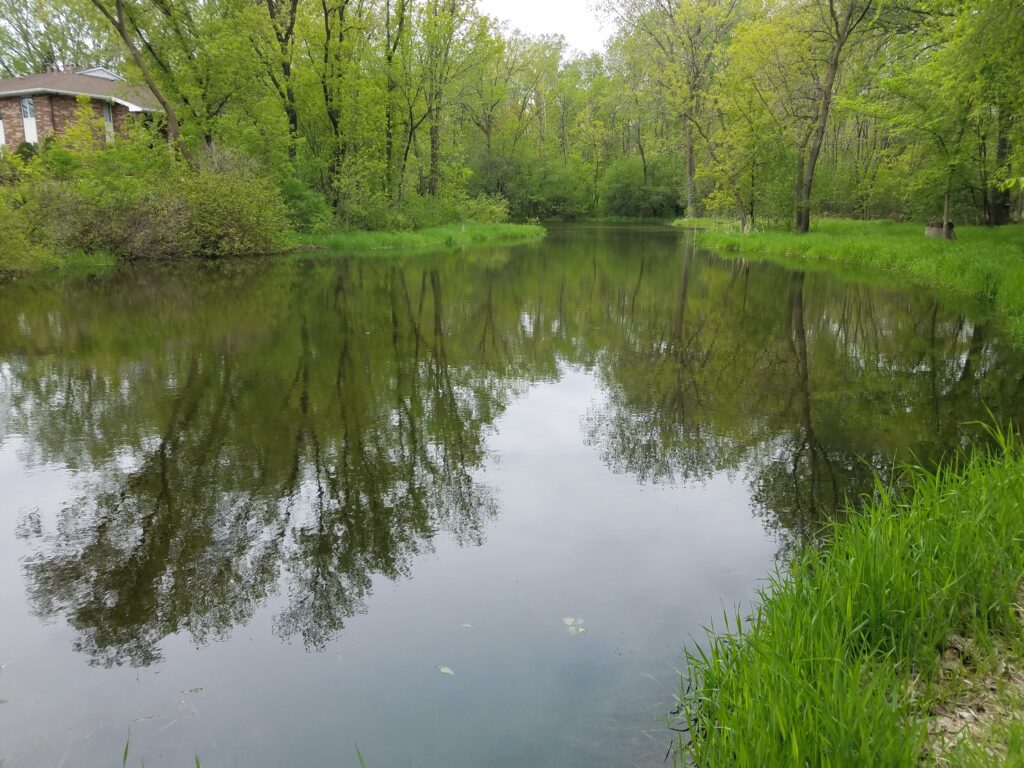
Overview
The Minnehaha Creek Watershed District (MCWD), in partnership with the City of Wayzata, the Gleason Lake Improvement Association, and the Gleason North Shore Home Owners Association, worked together to develop a strategy to address water quality and flooding issues and implemented a series of improvement projects within the Gleason Lake subwatershed. The projects were undertaken in three phases. The first phase was implemented by MCWD and the City of Wayzata, and focused on flood control, including the construction a new outlet control structure for Gleason Lake, the expansion of an existing stormwater pond, the construction of a second pond, and stormsewer improvements. The second phase was implemented by MCWD and included the construction of a pond at the inlet of Gleason Lake. The third phase was initiated by the Gleason North Shore Home Owners Association and Gleason Lake Improvements Association and involved the Home Owners Association granting MCWD an easement over an outlot to expand the pond installed at the lake’s inlet. In 2008, the pond at the lake’s inlet was expanded, and it is estimated that pond efficiency was improved from 15-35% which allows for more phosphorus removal.
The Gleason Lake sub-watershed drains 3,900 acres of highly developed land into Lake Minnetonka’s Wayzata Bay. In the early to mid-1990s, MCWD, the City of Wayzata and the Gleason Lake Improvement Association partnered together to come up with a solution to deal with water quality issues and flooding problems. The improvement projects have resulted in increased flood control along Gleason Creek, which protects downtown Wayzata from flooding problems, and improves water quality in Gleason Lake and Lake Minnetonka by reducing phosphorous, sediment, and other pollutants entering the lake.

Project Updates
2012
Gleason Pond 1, which was constructed in 1995, was dredged in 2012 to remove 900 cubic yards of accumulated sediment. Gleason Ponds 2 and 3, which were constructed in 2008, were dredged in 2016 to remove 892 cubic yards of accumulated sediment.
Project Timeline

Planning Phase
Planning Phase
Phase 1 and 2:
1993 — Cooperative agreement between MCWD and City of Wayzata executed
Phase 3:
2005 — Easement granted
October 2006 — Public meeting held

Design Phase
Design Phase
Phase 1 and 2:
1993 — Design plans approved
Phase 3:
November 2005 — Preliminary design approved for Phase 3 pond expansion

Construction Phase
Construction Phase
Phase 1 and 2:
1994 — New outlet control structure, expanded stormwater ponds, and storm sewer improvements constructed
1995 — Stormwater pond at inlet of Gleason Lake constructed
Phase 3:
January 2007 — Excavation for expanded ponds at lake inlet
July 2007— Construction for expanded ponds at lake completed

Project completion
Project Completion
Phase 1:
1994 — Completed
Phase 2:
1995 — Completed
Phase 3:
2007 — Completed
By the Numbers
30
pounds
of phosphorus kept out of the creek every year
18,000
pounds
of sediment kept out of the creek every year
2,100
feet
of streambank habitat restored
230
feet
of stream length added
>400
trees
planted in the park
Project Highlights
- Reduction of downstream flows
- Reduced flooding in downtown Wayzata
- Phosphorous reduction
- Sediment reduction
- New and expanded stormwater ponds
- New outlet control structure
Partnership
MCWD partnered with the City of Wayzata and the Gleason Lake Improvement Association to develop a strategy for addressing water quality and flooding concerns in the Gleason Lake subwatershed. The City of Wayzata also provided funding for some elements of the project. Gleason North Shore Homeowners Association (GNSHOA) also contributed to the project by granting MCWD an easement to expand the capacity of the Gleason Lake North stormwater pond to improve its phosphorous removal efficiency.
Funding
Project Cost: $1,606,529
The City of Wayzata contributed half of the funding toward the outlet structure, stormwater ponds, and storm sewer improvements. All additional expenses were covered by the MCWD and a $75,000 grant from the MN Board of Water and Soil Resources (BWSR).


